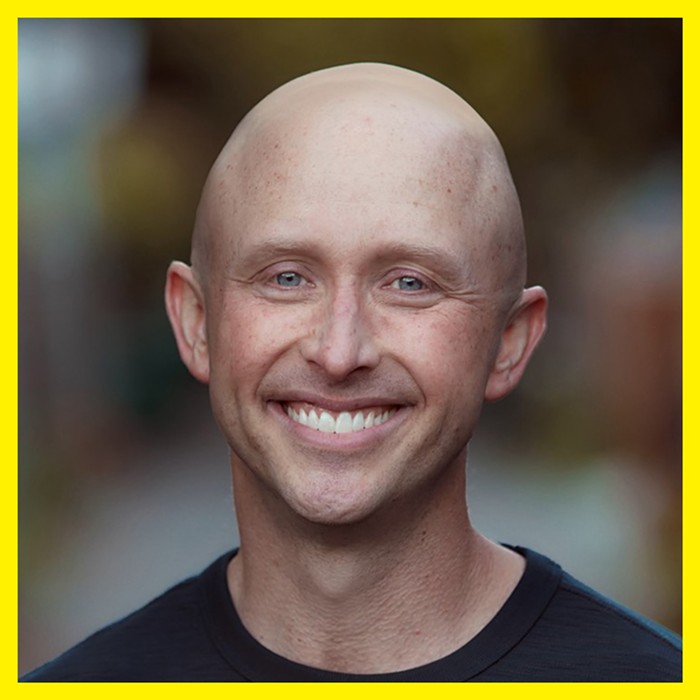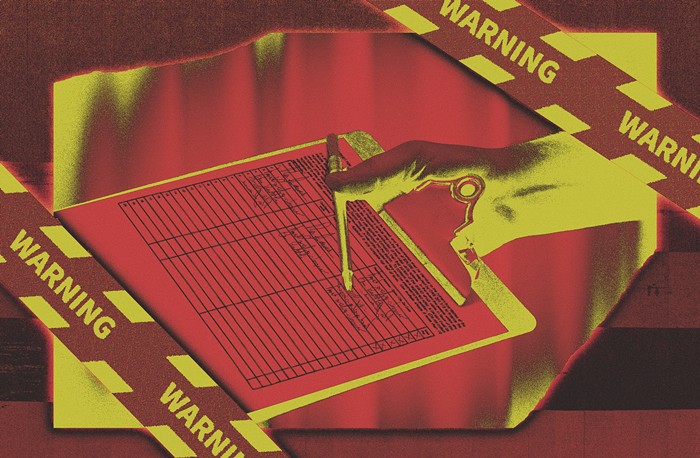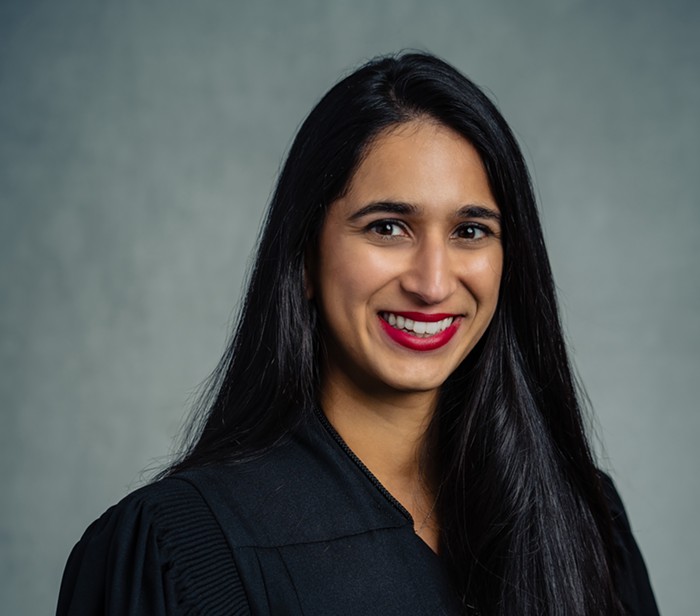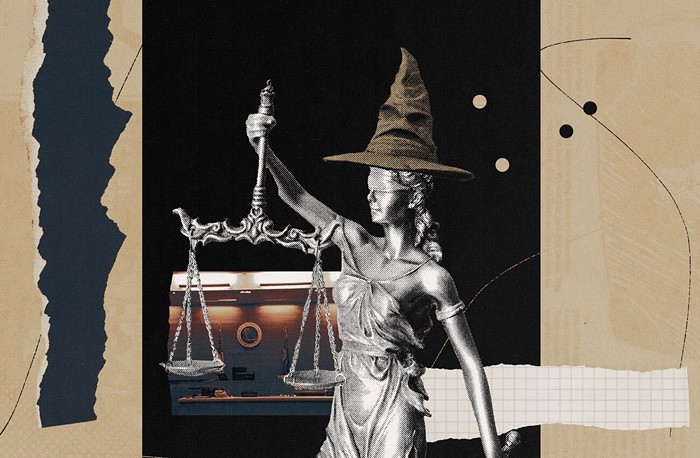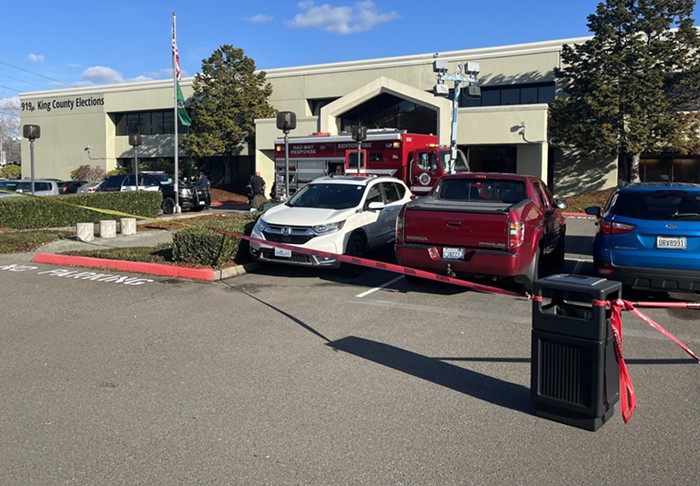
What school did you go to?
When people in New York or Boston ask that question, they want to know where you went for college. When people from Cincinnati ask it, they’re asking where you went to high school. Its ubiquitousness as an icebreaker in the region is practically an inside joke. And your answer tells the inquirer everything they need to know about your socioeconomic background, which side of the tracks you grew up on, and in many cases, your religious affiliation.
Covington Catholic is one of several parochial boys’ schools in this heavily Bavarian Catholic region, located in the leafy Northern Kentucky suburb of Park Hills. I grew up a couple miles to the east, in a very similar leafy suburb called Fort Thomas. Most of my grade school friends and extended family attended Highlands High School, the city’s only public high school and Covington Catholic’s primary arch-rival.
(As for me, my family moved away before I entered high school. When somebody from Cincinnati asks me where I went to high school and I answer with "Wolfson High School," which is in Jacksonville, Florida, I’m inevitably met with a blank stare. Error. Does not compute.)
Fort Thomas is the quintessential streetcar suburb, with a photogenic downtown business district and a smaller secondary business district near the former namesake Army fort, which is now a large city park and Veterans Administration medical center. The main avenue through town roughly follows the top of a ridge overlooking the Ohio River, and the side streets are lined with tidy craftsman bungalows and Cape Cod houses with manicured lawns.
Prior to settlement by whites, the area now known as Fort Thomas was apparently the site of a major battle between Cherokee, Shawnee, and Miami bands of Native Americans in the mid-1700s. Roughly 600 graves of slain warriors have been uncovered in addition to countless other artifacts. My idyllic hometown, which looks as if it could be the setting for a 1950s sitcom, was literally built on top of a Native burial ground.
Like Park Hills and many other Cincinnati suburbs, Fort Thomas is almost entirely white, Roman Catholic, insular, and rabidly conservative. I never met a Black person my age until my family moved to North Carolina, and my only exposure to Native American history in school was the gross caricatures around Thanksgiving each year. Fort Thomas was reportedly a sundown town until at least the 1970s.
I still remember our music teacher at Woodfill Elementary School taking time out of his lesson to explain to us that a Jewish kid had enrolled in the school, as if it were some kind of scandal. A Jew, by his definition, was somebody who didn’t believe in Jesus. Imagine the shocked reactions of a room full of third graders, and that being their first exposure to Judaism.
Unlike most of my classmates, my family wasn’t Catholic, but our mainline Protestant tradition was no less conservative. Sunday school included regular exhortations about the evils of communism. My earliest political memory was my father taking us to a campaign event for Mitch McConnell’s first run for Senate in 1984, and my father still keeps a hand-written letter from Gerald Ford thanking him for his work on behalf the Republican Party.
After we moved away, I spent the rest of my childhood and teenage years in very conservative parts of the South, usually on or near military bases. Discipline at home was meted out at the end of a leather belt, especially when I was struggling in school due to an undiagnosed autism spectrum disorder and related issues of anxiety and depression. I was bullied nonstop because I was a quiet, socially-awkward kid who was perceived to be gay or asexual.
By now we’ve all seen photos or video of Covington Catholic junior Nick Sandmann and his classmates in full MAGA regalia taunting Vietnam veteran and Omaha elder Nathan Phillips at the Indigenous Peoples March in Washington, DC this past weekend. It wasn’t some random encounter during a school field trip; Sandmann’s cohort had been bussed to the nation’s capitol by anti-choice zealots to inflate numbers for March for Life, an annual event where misogynists gather to assert their desire to dominate and control women’s bodies.
This isn’t Covington Catholic’s first time in the media spotlight. Just last month, former Covington Catholic basketball player Jake Walter was charged with rape and sodomy after an incident in which he allegedly pinned a woman down and raped her until she bled. Others have recounted a culture of relentless bullying at the school.
Nor are these issues specific to Covington Catholic. Across the river in Cincinnati last year, students at Elder High School, another all-male parochial school, hurled racial taunts at a rival team during a basketball game. Incidentally, a large percentage of Cincinnati’s notoriously racist police force are Elder grads.
Tuition at these schools is around $10,000 per year, per student; these students aren’t the children of impoverished coal miners in eastern Kentucky. Northern Kentucky has some of the best public schools in the nation, so it’s fair to question the motivations of parents who nonetheless choose to spend that kind of money for parochial school.
And no discussion of this weekend’s incident is complete without acknowledging the Roman Catholic Church’s centuries-long, systemic brutalization of indigenous peoples throughout the world, in addition to institutional hostility to women, gays, and other marginalized groups. With its singular focus on individual piety, Western religion and philosophical tradition conveniently turns a blind eye to the evil that exists within our institutions and systems.
Nathan Phillips displayed far more grace and poise in the face of bigotry than I’d be able to muster over a thousand lifetimes, and it’s no wonder Sandmann and his MAGA friends found the mere presence of Phillips to be so triggering: Phillips was probably the first Christ-like person they’ve ever encountered.
In contrast to Phillips’s calm stoicism, Sandmann had the smarmy, self-entitled smirk of a brat who is utterly convinced of his own superiority despite all evidence to the contrary. We’ve seen the same dumb smirk on Donald Trump’s face a thousand times, and it’s the same dumb smirk we’ve seen on the faces of Martin Shkreli, Brett Kavanaugh, and countless other grifters and abusers of lesser infamy. As Esquire editor Dave Holmes tweeted, “To anyone who's ever been any kind of other, the goofy malice in that MAGA kid's eyes is instantly recognizable.”
I’ve seen the same smirk on the faces of the kids who bullied me in school, on the faces of former bosses who abused and cheated their staff, and on the faces of white people telling racist jokes. It’s the smirk that says they know they can get away with it because they face no consequences.
And, I’m ashamed to say, I’ve seen that same dumb smirk in the mirror on occasion.
Despite the bullying and the abuse, I bought into the Republican worldview hook, line, and sinker in my adolescence. It was literally the only reality I knew. I often listened to Rush Limbaugh on the radio and was convinced that my world was under attack by liberals and minorities I had never actually met. Change a few parameters of my early life, and I could’ve easily been a Nick Sandmann.
I can say from firsthand experience that the dumb smirk is merely a mask for fear. Fear that the days of America’s white male dinosaurs, as John Pavlovitz recently wrote, are coming to an end: “They’re all in a scalding panic, because they understand that their brief moment in history to have their way and impose their will is quickly coming to a close. The landscape is being renovated, the climate is changing, and as a species they are dying—which is why they will do what all frightened animals do when they are backed into a corner and realize the level of the threat: they will grow more violent than ever before.”
My views never really began to change until well after I started college. My family had moved to the Chicago suburbs after I graduated high school, and I eventually got my own apartment in Chicago’s Lincoln Park neighborhood. For the first time in my life, I was living in a diverse neighborhood with a lot of people who weren’t like me. To be fair, Lincoln Park began gentrifying in the 1970s and wasn’t exactly a model of urban diversity when I lived there in the late 1990s. But it was still a million times more diverse than anywhere I had lived previously.
In the aftermath of the 2016 election, we were treated to dozens of thinkpieces in the New York Times and other outlets accusing urban liberals of living in insular bubbles, of being out of touch with the “heartland” values of Middle America. Rural areas and suburbs like Park Hills and Fort Thomas are presented as America’s default condition, while diverse, liberal cities are framed as the exceptions, the outliers.
Ironically, with skyrocketing housing prices and racist zoning policies, it’s becoming a self-fulfilling prophecy here in Seattle and some other cities. But what the thinkpieces miss is that that the suburbs and exurbs are becoming diverse. The urban core is increasingly becoming a gated playpen for affluent whites, while the suburbs and exurbs are becoming home to immigrants and minorities. I moved from Seattle to Bremerton this past summer, and it’s safe to say that my local Safeway has more ethnic and socioeconomic diversity than I ever saw at the Capitol Hill QFC.
It will take longer to happen back in my hometown and Park Hills and other places like them, but it’s inevitable. I can’t wait to see the shock on the old-timers’ faces in Fort Thomas when halal trucks start showing up in Tower Park.
And that’s exactly what has Nick Sandmann and his friends so terrified.
David Cole, AIA is an architect at a Seattle-based firm.

